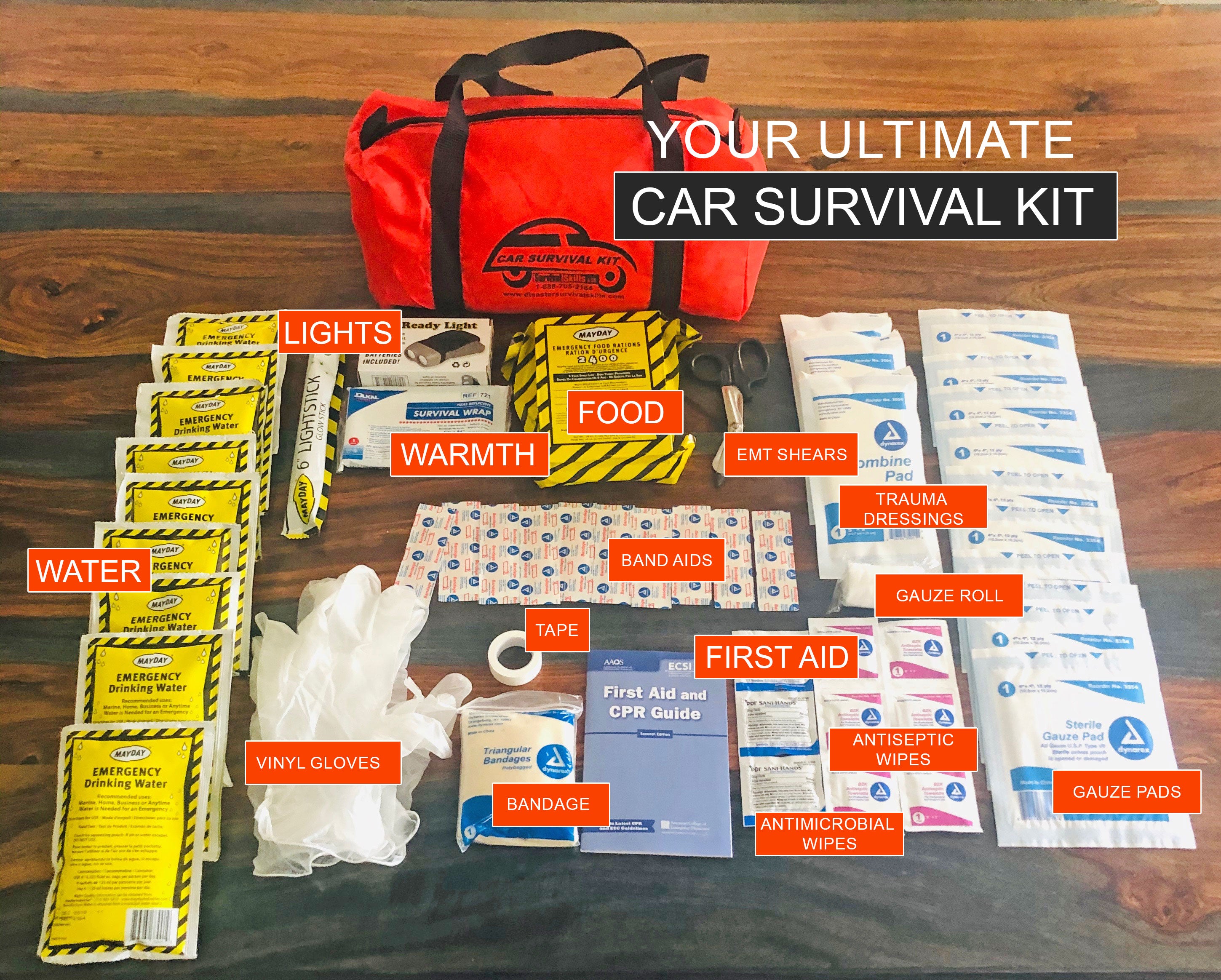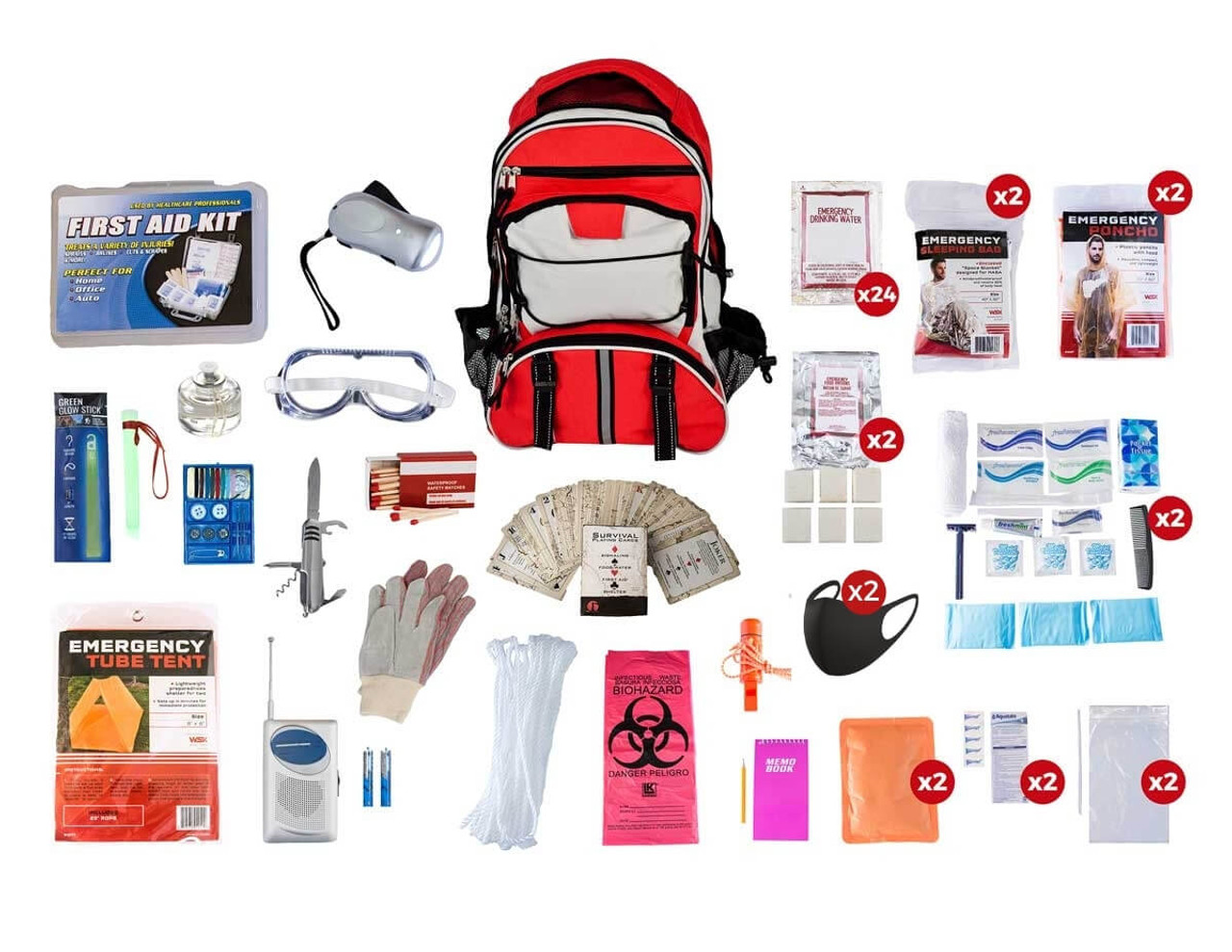Understanding the Art of Emergency Readiness: Expert Tips
Whether it be an all-natural disaster, a medical emergency, or an unexpected situation, being prepared can make a considerable difference in the end result. Mastering the art of emergency situation preparedness calls for a combination of expertise, planning, and tactical thinking.
Relevance of Emergency Readiness
Emergency situation preparedness is an important facet of making certain the safety and wellness of individuals and communities despite unpredicted calamities and emergencies. EMERGENCY PREPAREDNESS. Being prepared can significantly minimize the effect of all-natural catastrophes, mishaps, or various other situations that may occur. By having a well-thought-out emergency situation strategy in area, people and areas can react successfully, possibly reducing and conserving lives damages
One crucial reason that emergency situation readiness is essential is that it aids in minimizing panic and complication during a crisis. When people know what to do and have practiced emergency procedures ahead of time, they are more probable to remain calm and make logical choices in difficult situations. This can result in a more organized and efficient reaction, helping in the protection of lives and building.
Moreover, emergency situation preparedness fosters resilience within areas. By investing time and sources right into preparedness actions such as training, drills, and framework renovations, neighborhoods can recuperate quicker after a catastrophe. This strength is important for long-lasting healing and sustainability, guaranteeing that areas can withstand future emergencies.

Building a Comprehensive Emergency Situation Strategy
Because of the vital role emergency readiness plays in mitigating the impact of calamities and cultivating area strength, the structure for efficient reaction depends on developing a detailed emergency plan. EMERGENCY PREPAREDNESS. An extensive emergency strategy works as a roadmap for areas and companies to efficiently coordinate sources, react to crises, and make sure the security and wellness of people during emergencies
Secret components of a comprehensive emergency situation plan include danger evaluation, recognition of possible risks, facility of communication protocols, designation of duties and duties, and routine training and drills. By performing comprehensive danger evaluations, organizations can determine susceptabilities and prioritize locations for reduction. Establishing clear interaction procedures ensures that details is distributed effectively throughout emergency situations, promoting timely decision-making. Marking functions and duties clears up the hierarchy and promotes a coordinated action effort. Normal training and drills assist acquaint individuals with emergency situation procedures, ensuring a swift and effective action when a dilemma takes place. Inevitably, an extensive emergency situation plan is important in improving readiness, feedback capacities, and general durability despite calamities.
Necessary Supplies and Resources
When getting ready for possible disasters, making certain access to crucial supplies and sources is extremely important for effective emergency situation response and durability. Stockpiling on non-perishable food things such as canned items, healthy protein bars, and completely dry goods is critical more tips here to sustain individuals and families throughout times of dilemma when accessibility to fresh food may be restricted (Get More Information). Furthermore, keeping a sufficient water, with a minimum of one gallon each each day for a minimum of 3 days, is necessary for hydration and cleanliness needs
Fundamental medical supplies including plasters, bactericides, medications, and a first aid set are important for addressing injuries and ailments that might take place throughout emergencies. Flashlights with extra batteries, a multi-tool, and coverings need to also be included in emergency situation supply sets to supply light, aid in navigating, and make sure warmth and convenience.

Interaction Techniques Throughout Emergency Situations
Effective interaction approaches play an important duty in making sure prompt and precise dissemination of information throughout emergencies. Clear and succinct interaction is vital for collaborating action initiatives, giving guidelines to the public, and maintaining everybody notified about the evolving circumstance.
Throughout emergencies, it is essential to mark a spokesperson or a main interaction team to guarantee consistency in messaging and stay clear of confusion. This assigned person or team must be well-trained in crisis interaction and capable of supplying details in a tranquil and calming way. Additionally, developing a system for two-way interaction can help collect real-time feedback from the impacted individuals and resolve their needs better.
Moreover, using technology such as emergency situation alert systems and interaction applications can streamline the circulation of essential details and promote fast feedback initiatives. By applying these interaction organizations, communities and techniques can improve their emergency situation preparedness and response abilities, ultimately conserving lives and minimizing the influence of calamities.
Training and Method for Preparedness
An essential facet in guaranteeing preparedness for emergency situations is the implementation of regular training and session to boost action abilities and preparedness - official site. Through consistent training, emergency situation responders can acquaint themselves with protocols, equipment operation, and decision-making processes, eventually boosting their performance throughout crises
Training sessions ought to simulate sensible emergency situations to give -responders with hands-on experience in a regulated environment. These simulations permit individuals to practice their roles, test communication systems, and identify areas for improvement without the pressure of a real emergency.
Regular drills and exercises also help teams build communication and control, making certain that every person recognizes their duties and can collaborate flawlessly when confronted with a dilemma. Furthermore, debriefing sessions complying with training workouts enable useful feedback and the possibility to pick up from any type of mistakes made.
Conclusion
In verdict, understanding the art of emergency situation preparedness requires a thorough strategy, necessary materials, effective communication methods, and routine training. By prioritizing preparedness and taking positive steps, neighborhoods and people can much better react to emergency situations and alleviate potential threats - EMERGENCY PREPAREDNESS. It is vital to stay educated, stay prepared, and continually improve emergency situation action techniques to make certain the security and well-being of all people involved

In final thought, understanding the art of emergency situation readiness requires a thorough plan, vital materials, reliable interaction approaches, and regular training.